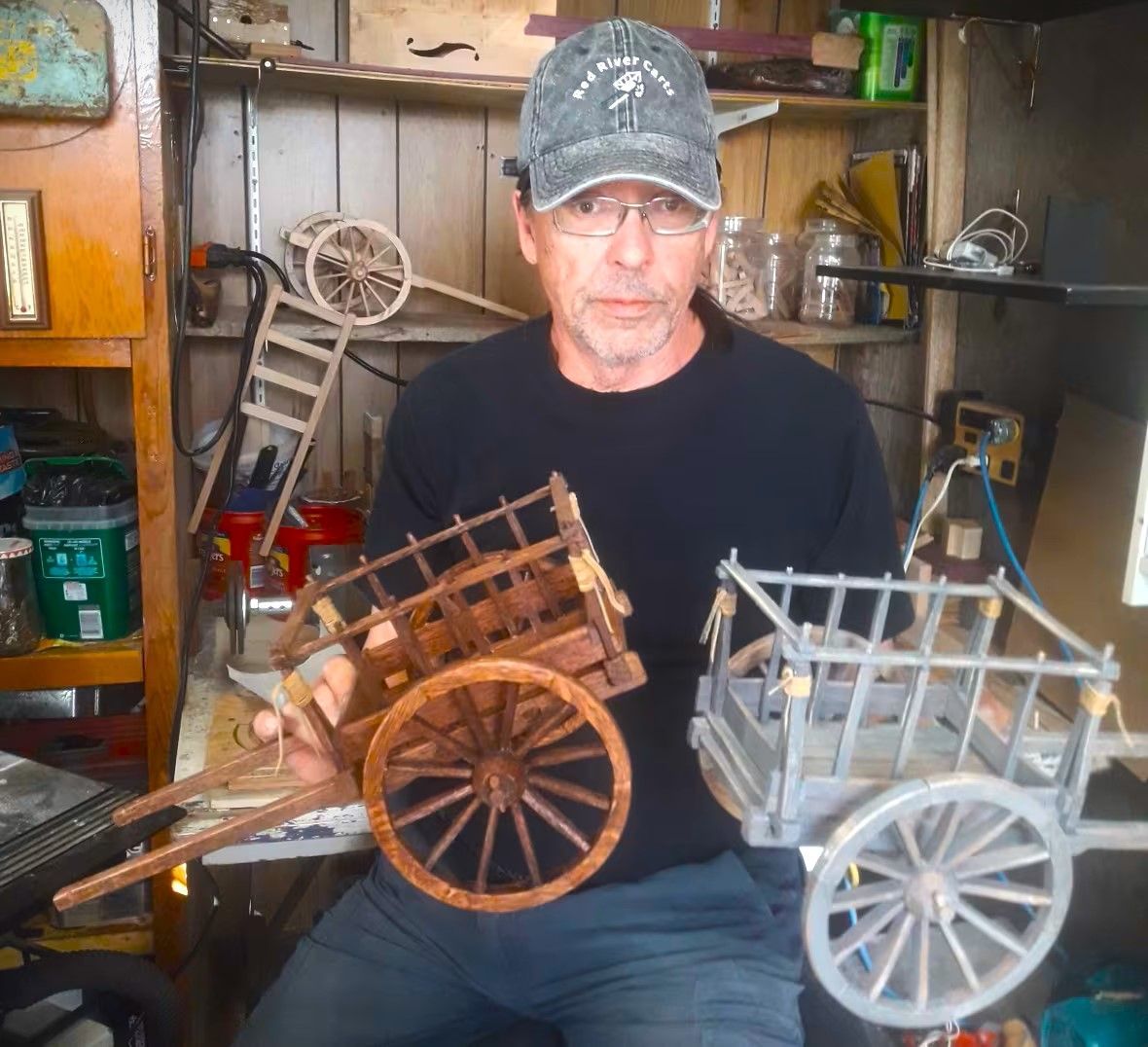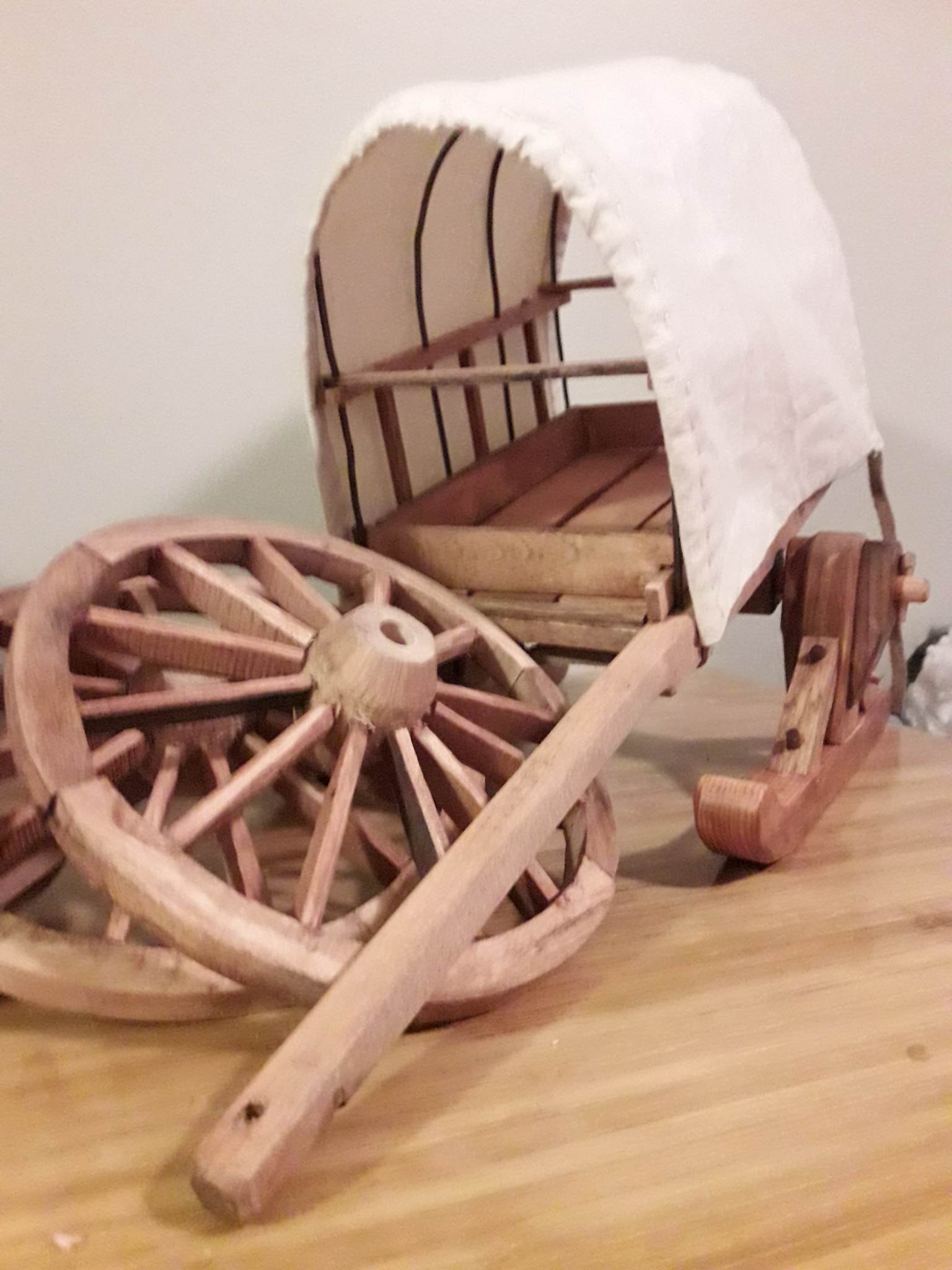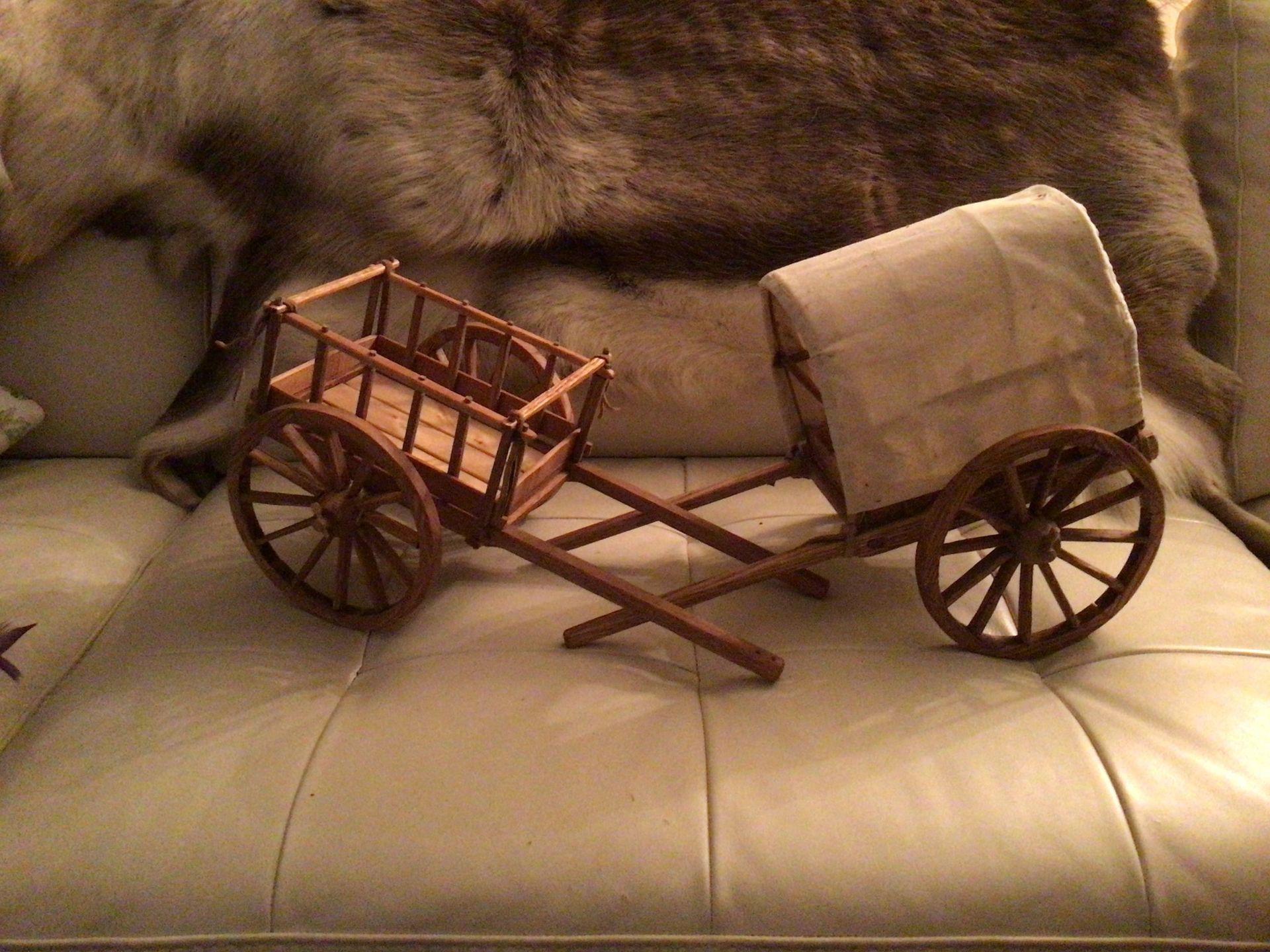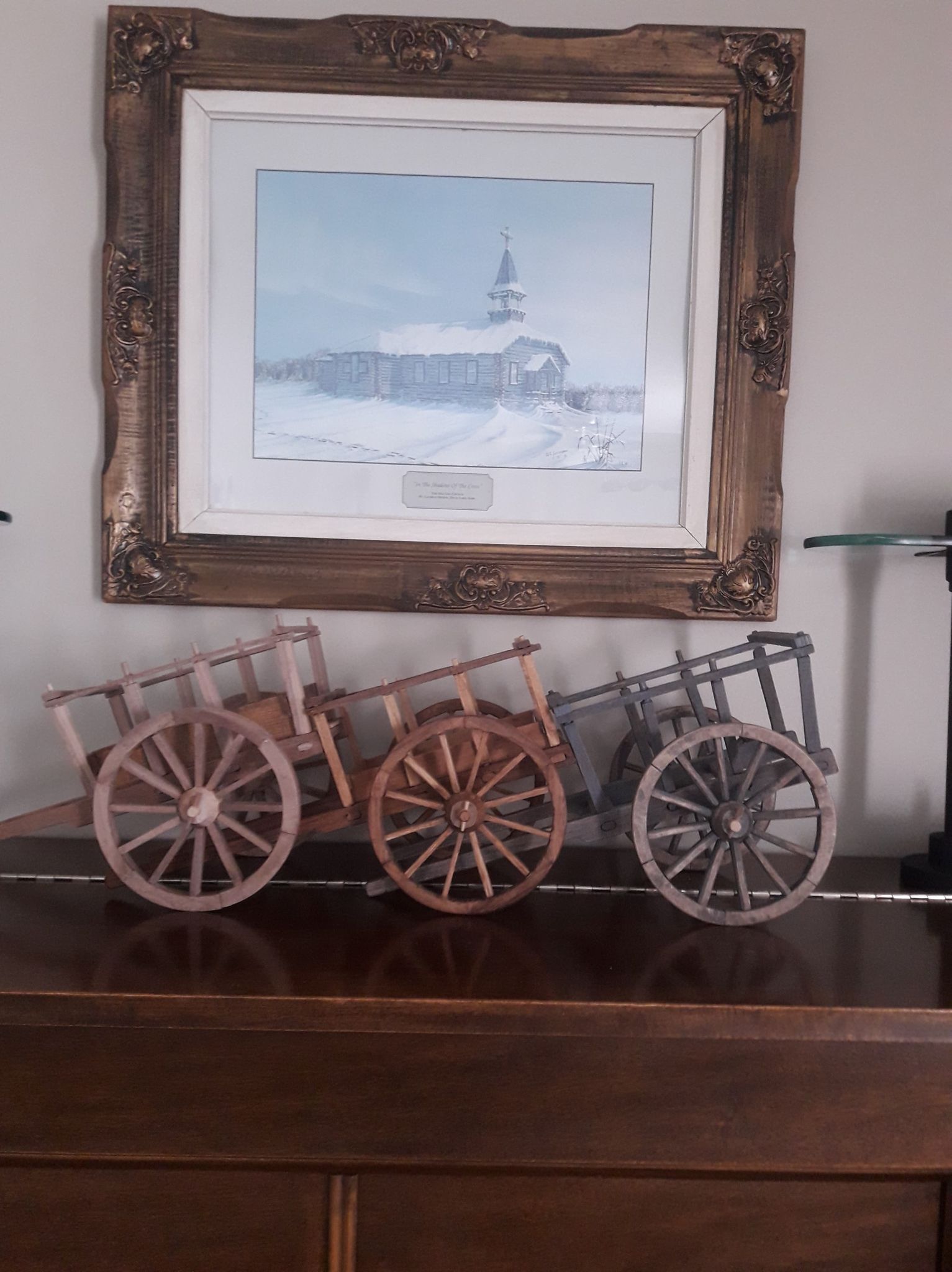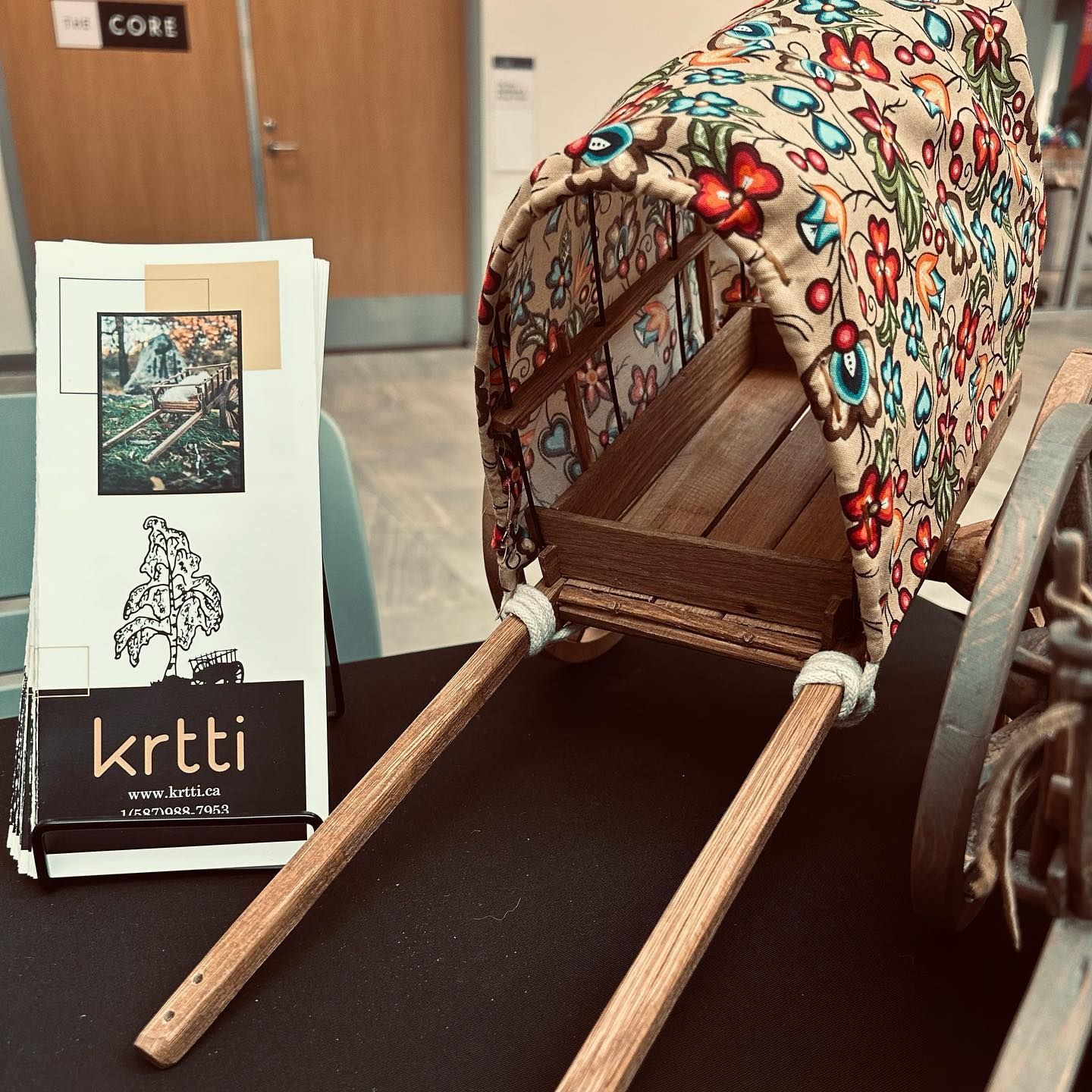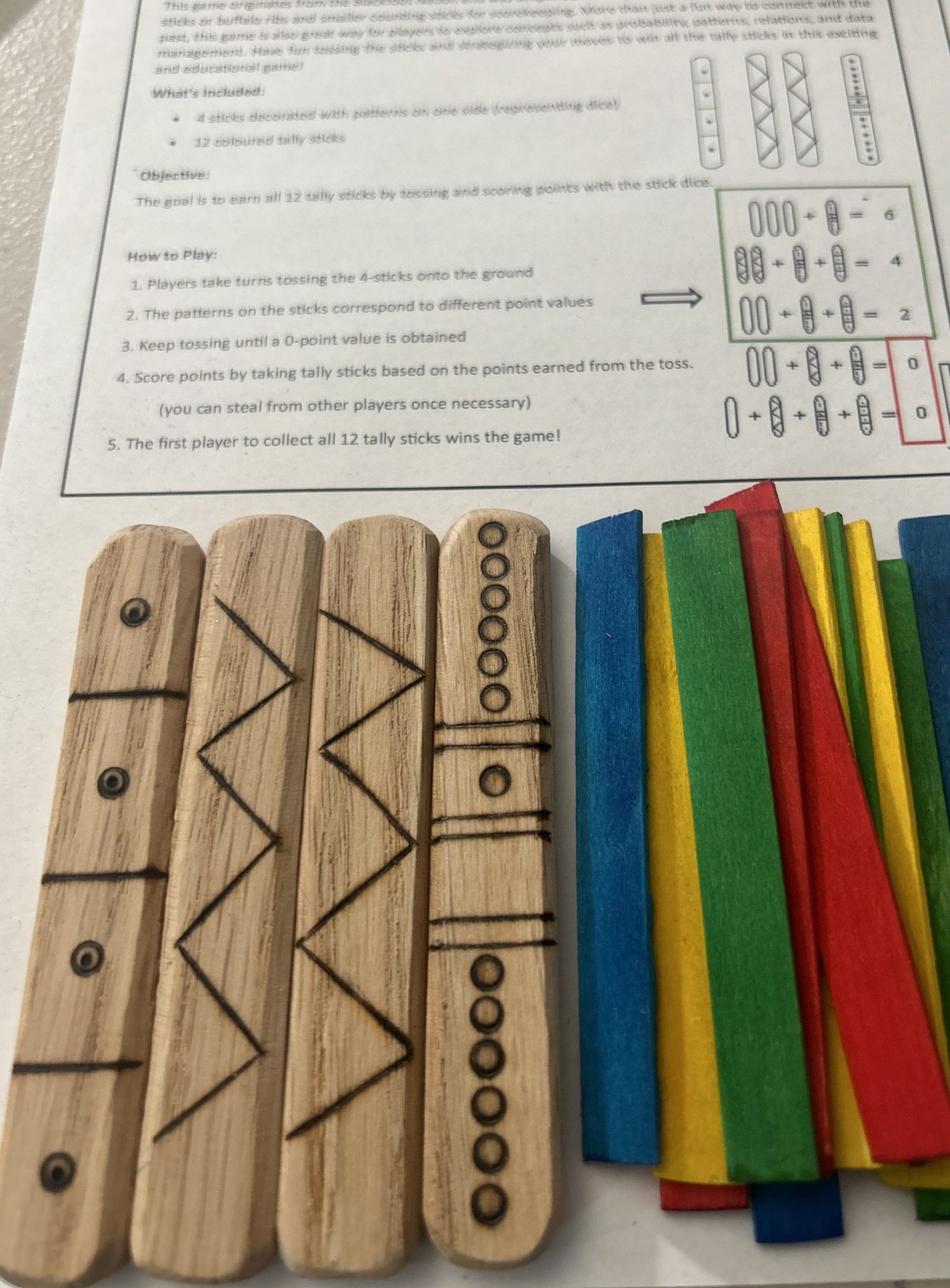Welcome to our inaugural blog post!
Join us as we explore the history, artistry, and cultural significance of the iconic Red River Cart—a symbol of ingenuity and resilience. Through this blog, we aim to share insights, stories, and inspirations that celebrate our passion for preserving tradition and embracing creativity.
We will be posting monthly so stay tuned for more engaging content that bridges the past, present, and future of Métis artistry with us at Krtti.
The Origins of the Red River Cart:
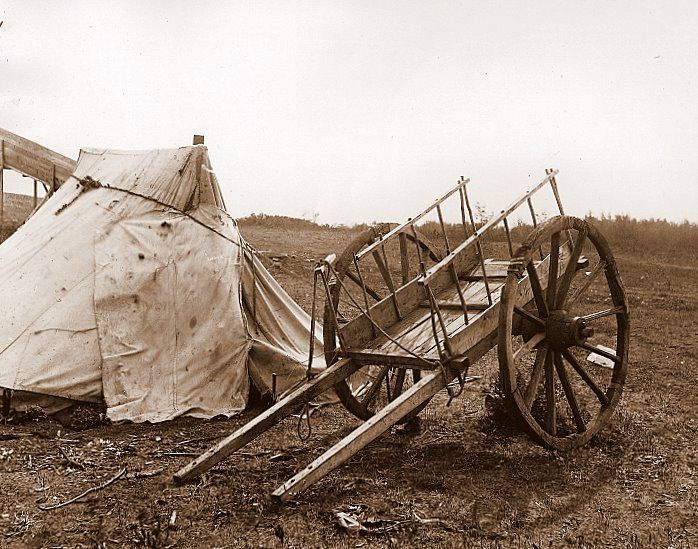
" The Red River cart was our cradle, and it rocked us to the shores OF MANITOBA. " ~Louis Riel
The Red River Cart holds a special place in Métis history. It was developed in the late 18th century, making its first appearance in 1801 at Fort Pembina. The design combined Indigenous and European technologies to create a sturdy and versatile cart perfectly suited for the rugged terrain of the prairies. Initially the Red River cart could support loads close to 450 kilograms (nearly1,000 pounds). Its design allowed it to navigate through rough trails and cross rivers, making it an essential tool for Métis traders and settlers.
The Design and Construction:
The Red River Cart is a unique and iconic piece of Métis heritage, known for its sturdy design and adaptability to rugged terrains. Traditionally, these carts were constructed using locally sourced materials including hardwoods, hides and sinew, reflecting the resourcefulness of the Métis people. The wooden parts were joined together using mortise and tenon joinery, a traditional woodworking technique that doesn't require nails or screws. What made the Red River Cart truly remarkable was its versatility. It could be disassembled into smaller parts for transportation across rivers or difficult terrain. Additionally, the cart could be converted into a makeshift shelter or used as a defensive barrier when needed, showcasing the ingenuity of its design.
The Wheels & Axels:
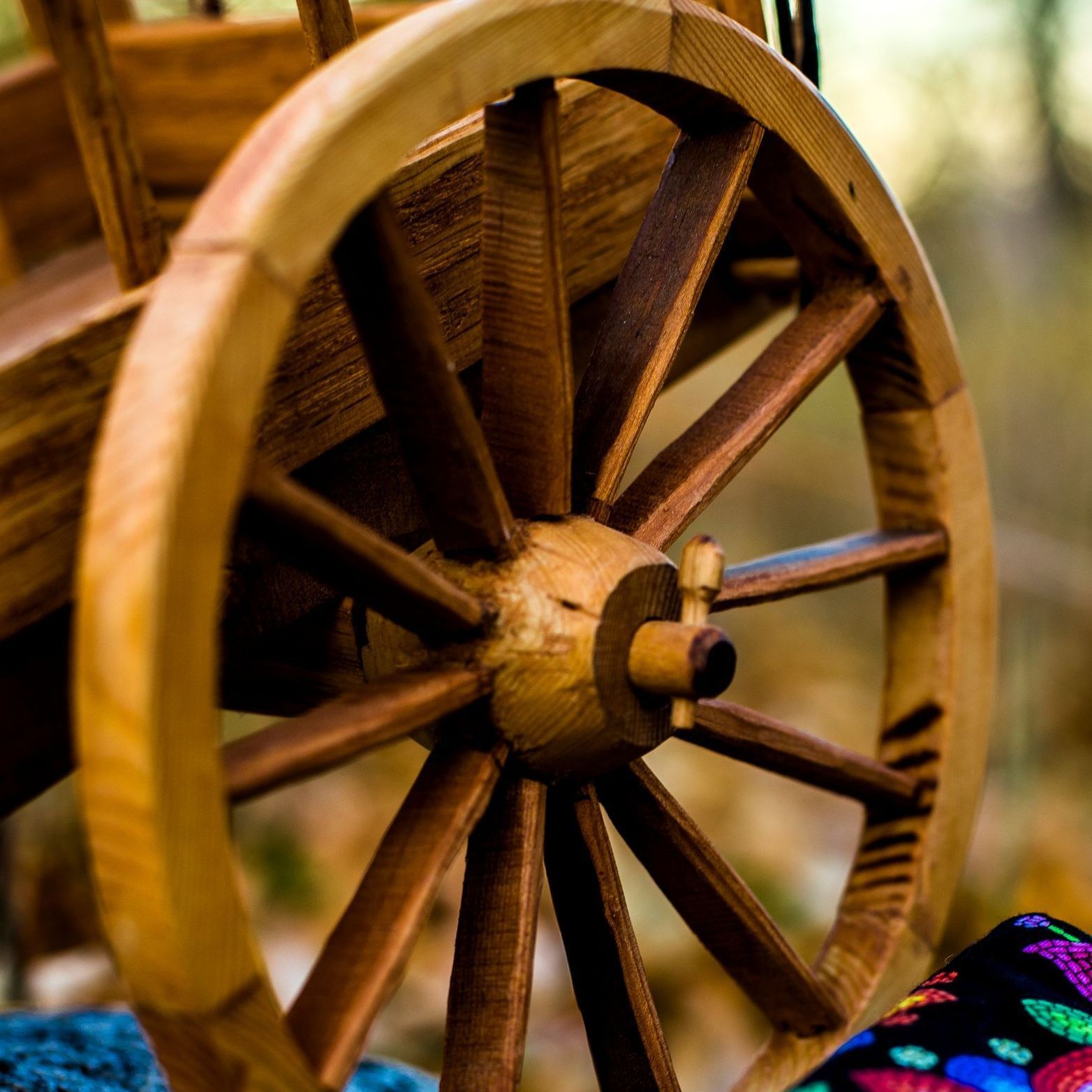
One distinctive feature of the Red River Cart is its large wooden wheels with wide rims, designed to navigate uneven and rough surfaces. The axles were also crafted meticulously to withstand heavy loads and long journeys. The wheels could be quickly removed for repair or use in other ways as the entire cart itself could be disassembled and turned into a multitude of items. These include a raft for transportation across rivers or a makeshift shelter, they could be used as a defensive barrier when it was needed, or it could be kept in smaller pieces for easy travel over difficult terrain showcasing the ingenuity of its design.
But practicality wasn’t the only memorable aspect of these carts... if you thought a symphony of bagpipes was loud, you clearly haven’t encountered a Red River Cart in action! These wooden marvels were known for their unique, ear-piercing screeches that could be heard for miles around. It’s said that “A Red River Cart’s squeal was so loud, it could wake up the prairies!” Imagine trying to hold a conversation next to a group of these – you’d have better luck chatting at a rock concert!
Symbolism:
Beyond its many uses, the Red River Cart became a symbol of Métis identity and resilience. It represented the connection between Indigenous and European cultures, as well as the adaptability required for survival in the harshest of prairie environments. As the carts creaked across the prairies, their unmistakable sound became a call of endurance and unity, echoing through generations. The sight of a Red River Cart on the horizon was a symbol of coming together, community support, and the shared journey of a people who thrived through collaboration and mutual aid. Thus, the Red River Cart is remembered not only for its practical applications but also as an enduring emblem of Métis culture, heritage, and the enduring spirit of its people.
Crafting Red River Cart Replicas at Krtti:
At Krtti, we pay homage to the history of the Red River Cart through our meticulously created replicas. Each and every cart is a labor of love, with over 90 individual handcrafted pieces joined using traditional mortise and tenon construction techniques, staying true to the historical methods.

By crafting these replicas, we not only celebrate the history of the Red River Cart but also invite our customers to connect with true Canadian culture and history in a tangible and meaningful way.
Customization and Personalization:
We offer the option of working with us directly to create custom orders, allowing customers to personalize their Red River Cart replicas according to their preferences. This attention to detail and customization adds a unique touch to each piece, making it a cherished symbol of Métis heritage and craftsmanship.
As we conclude the first of many blogs to come, we want to extend our heartfelt gratitude to each and every one of you for joining us on this adventure. Your support and interest in our heritage mean the world to us. Together, we are not just preserving traditions but also weaving them into the fabric of our modern lives, creating a tapestry of resilience, creativity, and unity. Thank you once again for being a valued member of our community. Let's continue to celebrate heritage, creativity, and the spirit of collaboration.
Special Offer
To show our appreciation, we are excited to offer you an exclusive
10% discount on your next purchase from our store. Simply use the code
BLOG0124 at checkout to enjoy this special offer. It's our way of saying thank you for being part of our journey and for supporting Indigenous artistry and culture.
If you found this blog post enjoyable and insightful, we invite you to share it with your friends and family, spreading the word far and wide.

